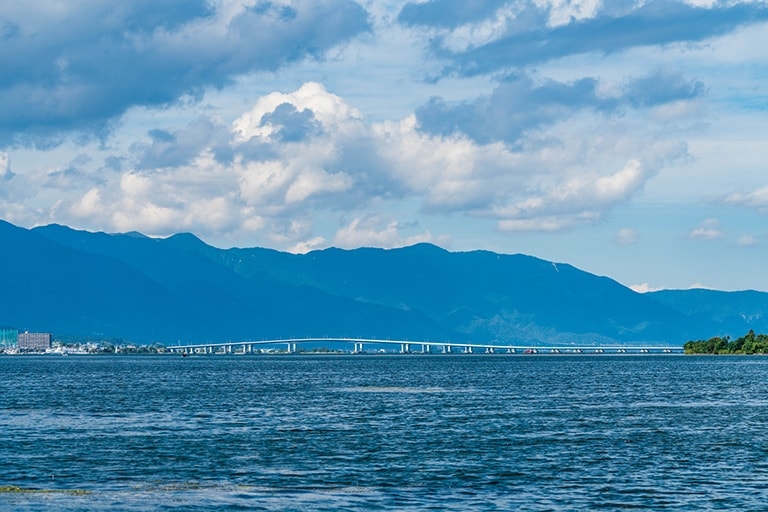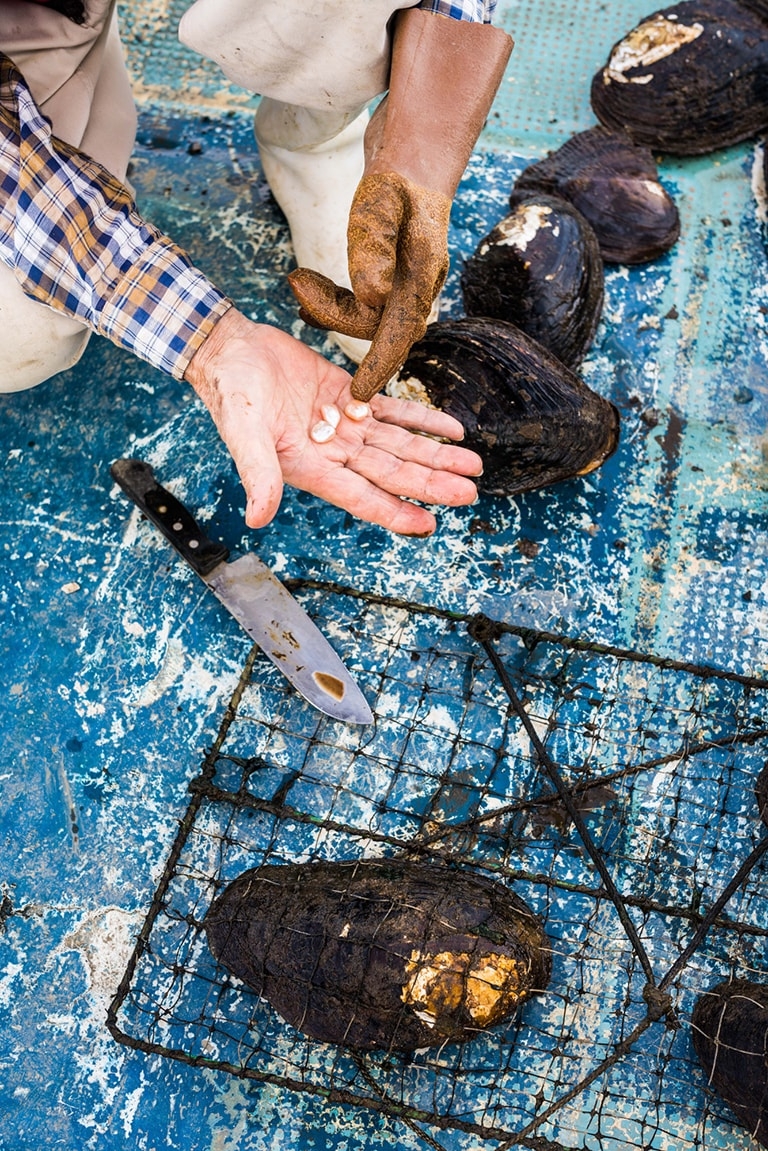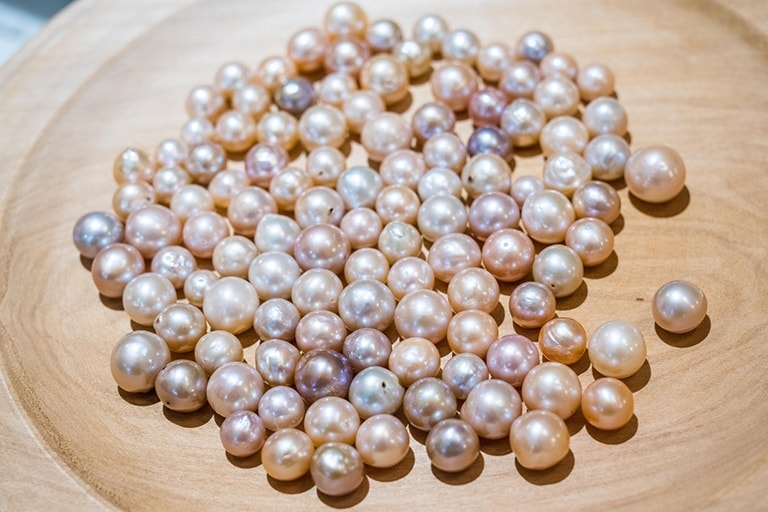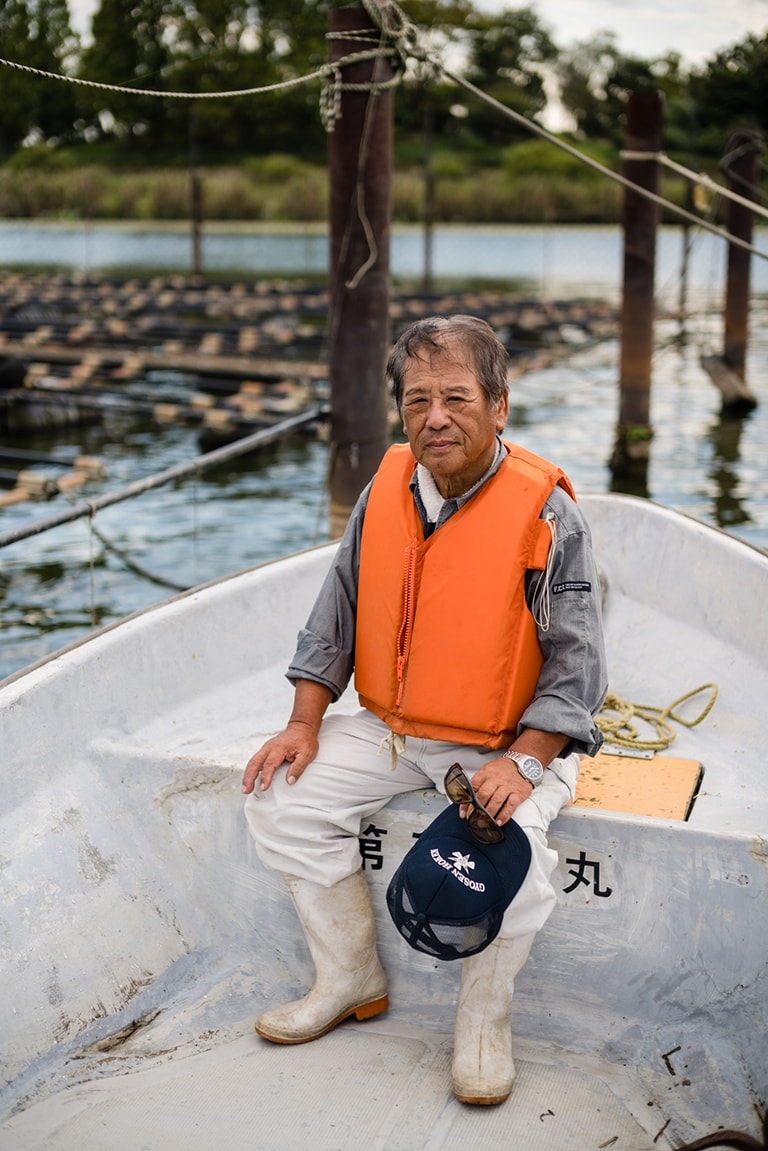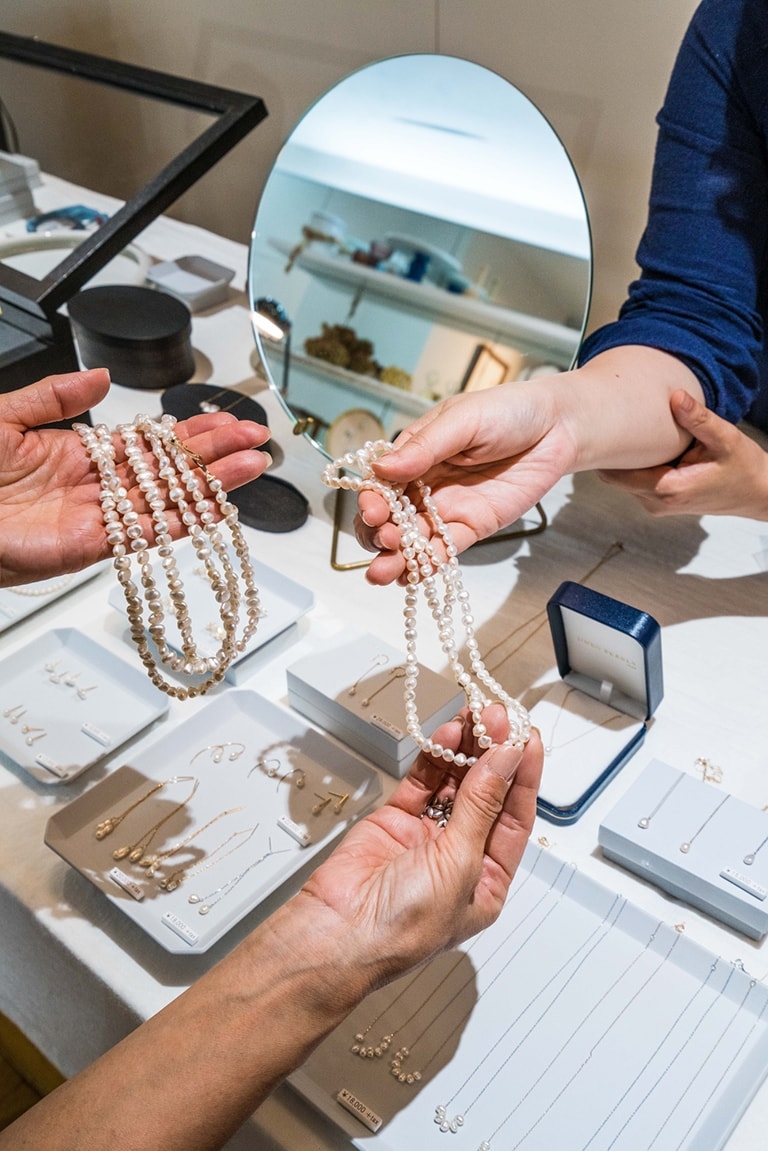Muddy waters: The battle to save Japan's ailing freshwater pearl industry

Pearl farmer Sueharu Hane checks cages on Lake Biwa in Shiga Prefecture. | PHILIPPE VOISIN
Pearls were largely an accident of nature until the late 19th century, when entrepreneur Kokichi Mikimoto invented a method of cultivating them by introducing a foreign body into the shells of oysters.
A shell protects a mollusk’s organs from predators. The first of three separate components of a mollusk’s shell is an inner layer of nacre (mother-of-pearl), which is composed of a continuously secreting calcium carbonate that is used to smother foreign objects. This sustained reaction ultimately produces pearls.
After receiving a patent for “nucleated” pearl production in 1916, Mikimoto eventually produced a saltwater pearl from the diminutive Akoya oyster that is native to Japan. Akoya pearls are still highly valued today.
Mikimoto, whose dream was to “adorn the necks of all women around the world with pearls,” successfully applied his process to larger South Sea oysters to produce distinctive black and white pearls.
Lake Biwa is the largest lake in the country, producing mollusk species such as mussels for at least 2 million years, many of which were known to produce pearls naturally.
Hoping to tap Mikimoto’s knowledge, Shiga Prefecture invited the “father of cultured pearls” and his associates to Lake Biwa in 1917. After numerous failures using imported mollusks, researchers who returned in 1924 were eventually successful in establishing a freshwater cultivating technique using Biwa’s own pearly mussel (Hyriopsis schlegeli).
Instead of introducing foreign bodies, researchers implanted soft tissue into the gonads of Biwa mollusks and then waited three years as opposed to one or two. They discovered this “non-nucleated” or “tissue-nucleated” method typically produces as many as 20 pearls in one shell.
